用户:Grotton JXz Donbrako/Psychology/Chapter 4
目录
页面介绍
本页面所转载文章出自APPsychPrep网站所分享幻灯片[1],由GJD转载。
转载时有改动,无任何原内容省略。
正文
- Sensation refers to the process of sensing our environment through touch, taste, sight, sound, and smell.
- Perception is the way we interpret these signals or sensations and make sense of everything around us.
Sensation
- Our senses: receptors in our eyes, skin, tongue, nose, receive stimuli from our environment.
- What is a stimulus?
- Energy transmitted from the environment (e.g., light, chemicals, pressure, heat).
- Transduction: Stimuli from the environment are transformed into neural impulses.
- Sensory adaptation is a decreasing responsiveness to stimuli due to constant stimulation (e.g., when standing in a noisy environment).
- Sensory habituation: Our perception of sensations is partially due to how focused we are on them.
- Cocktail Party Effect: Your ability to block out a lot of irrelevant stimuli in your environment.
Sensation: VISION
- Visible light is a small section of the electromagnetic spectrum

- Objects appear the color they do as a result of the wavelengths of light they reflect.
- A red shirt reflects red light and absorbs all other wavelengths.
- An object appears black because it absorbs all wavelengths.
- A object appears white because it reflects all wavelengths.
- The Cornea: Controls the light coming from the outside and focuses it onto the pupil.
- The Pupil: Is a hole located in the center of the iris of the eye that allows light to strike the retina.
- The Retina Is where the actual processing of the light occurs and is translated by rods and cones.
- The Fovea: A small depression in the retina where visual acuity is highest.
- The center of the field of vision is focused in this region, where retinal cones are particularly concentrated.
- Light enters the eye through the cornea.
- Light passes through the pupil.
- The lens focuses the light onto the retina.
- Light energy is converted into neural energy.
- Rods and Cones are photoreceptors in the human retina.
- Cones are activated by color.
- Rods are activated by white light and the absence of light.
- If rods and/or cones are stimulated by light, then they transmit this information to a second layer of cells called bipolar cells.
- Bipolar cells send this information to a layer of cells called ganglion cells.
- Ganglion cells make up our optic nerve which sends the information to the thalamus in our brain.
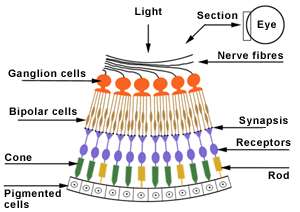

Eyes to the brain
- The signal, travelling along the optic nerve, is transmitted to the Lateral Geniculate Nucleus.
- Lateral geniculate nucleus;;; is a region of the thalamus.
- The lateral geniculate nucleus transmits the signal to the visual cortex in the occipital lobe.
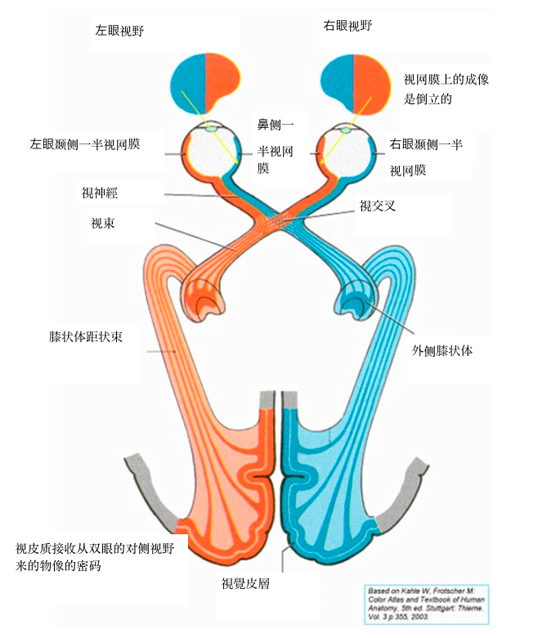
Theories of Colour Vision
- Trichromatic Theory: We have three types of cones in our retina, cones that detect blue, red, and green, and that different activation combinations of the cones produces all the colours we see.
- Trichromatic theory does not explain after images.
- Opponent Process Theory: Sensory receptors arranged in the retina come in pairs: red/green, yellow/blue, black/white.
- If one sensor is stimulated, its pair is inhibited from firing.
- If you stare at a red colour for awhile, you fatigue your sensors for red.
- Opponent process theory explains after images.
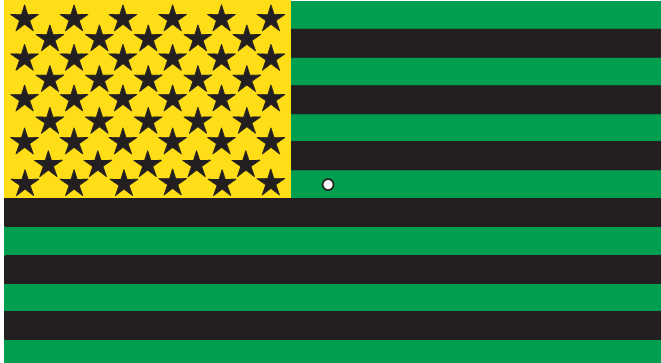
- Opponent processing theory also explains color blindness; if color sensors come in pairs, and an individual is missing one pair (e.g., red/green) then he or she should have difficulty seeing those colors.
Sensation: HEARING
- Auditory sense uses energy in the form of sound waves instead of electromagnetic waves.
- Sound waves are created by vibrations which travel through the air and collected by our ears.
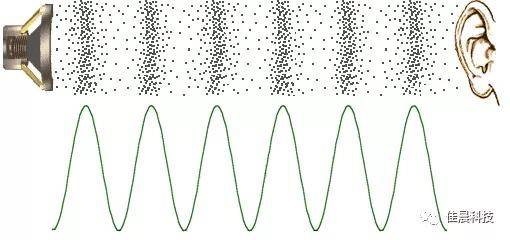
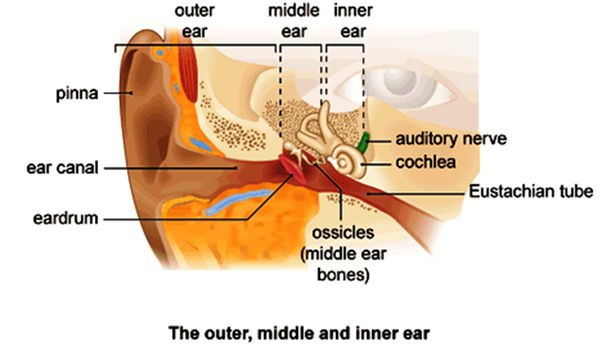
- The process of hearing:
- Sound waves enter the outer ear.
- Sound waves cause the ear drum to vibrate.
- Three tiny bones, stapes, incus, and malleus, in the middle ear amplify the vibrations and send them to the inner ear.
- Vibrations hit the cochlea which is lined with hair cells; hair cells moves and trigger the release of neurotransmitters.
- Electrical signals sent by the auditory nerve travel to the brain.
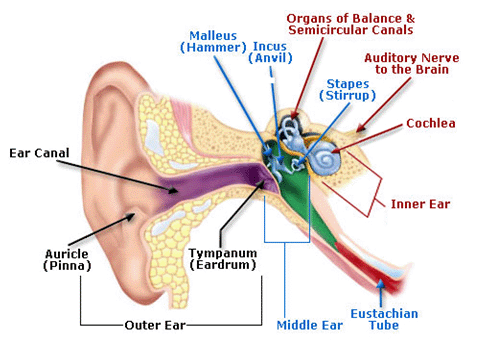
Theories of Hearing
- Place Theory: The hair cells in the cochlea respond to different frequencies of sound based on where they are located in the cochlea.
- We sense pitch because the hair cells move in different places in the cochlea.
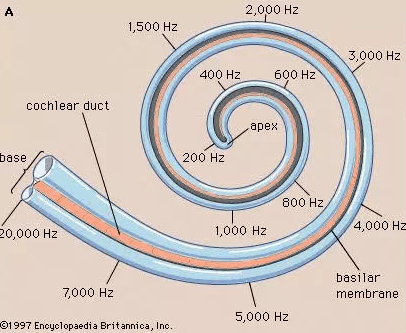
- Research demonstrates that place theory accurately describes how hair cells sense the upper range of pitches but not in the lower tones.
- Frequency Theory: Lower tones are sensed by the rate at which hair cells fire.
- We sense lower ranges of pitch because the hair cells fire at different frequencies in the cochlea.
Sensation: SKIN
- Our skin has a set of nerves that detect temperature and pressure.
- The amount of nerves in one area also varies;
- your lips have many more nerves and can detect slight changes pressure or heat much easier than your lower back.
- The amount of nerves in one area also varies;

Sensation: TASTE
- Certain nerves respond to chemical energy.
- Taste buds are located on the papillae, which are bumps on your tongue.
- Some are also located on the roof of your mouth and cheeks.
- Types of tastes: sweet, salty, sour, bitter, savory.

(待补充)